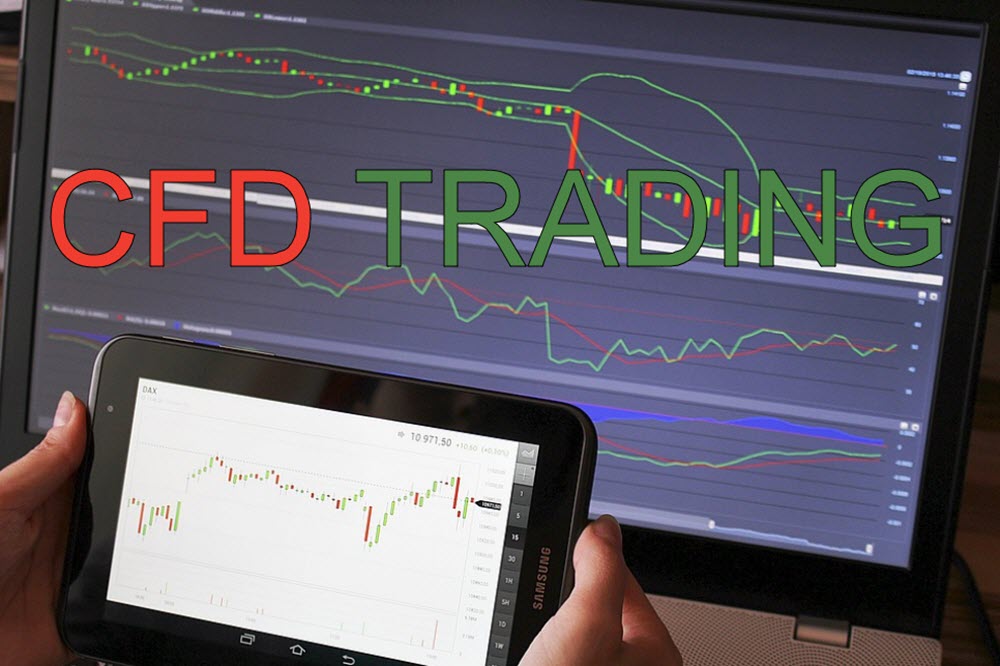The financial markets are replete with instruments that allow traders to capitalize on market movements. Among these, Contract for Difference, commonly known as CFD trading, is a popular and somewhat enigmatic derivative product. This article aims to shed light on the intricacies of CFD trading, alongside a judicious assessment of the associated risks and benefits.

Understanding CFD Trading
What is CFD Trading?
CFD trading involves speculating on the price movements of financial instruments without actually owning the underlying asset. It is essentially a contract between a trader and a broker, where the trader can profit or incur losses from the difference in the asset’s price between the opening and closing of the trade.
Assets in CFD Trading
CFD trading spans a wide range of markets, including but not limited to:
- Equities
- Commodities
- Indices
- Foreign exchange
- Cryptocurrencies
This flexibility allows traders to diversify their portfolios and trade in various markets through a single platform.
The Allure of CFD Trading
Leverage
One of the paramount attractions of CFD trading is the leverage it offers. Leverage allows traders to control a large position with a relatively small amount of capital. This can amplify profits; however, it’s imperative to note that it can also amplify losses.
Going Long or Short
CFD trading offers the flexibility to go long if you believe the asset’s price will rise, or go short if you believe it will fall. This versatility allows traders to profit in both rising and falling markets.
Hedging
CFD trading can also be used as a hedging strategy. For instance, if you have investments in shares and anticipate a short-term drop in the stock market, you can use CFDs to short sell indices or stocks, potentially offsetting any losses in your share portfolio.
Risks Inherent in CFD Trading
Leverage Risk
While leverage can amplify profits, it can also exacerbate losses. A slight adverse movement in the market can lead to significant losses in excess of the initial capital invested. Hence, it is vital for traders to employ risk management strategies.
Market Risk
CFD trading is inherently subject to market risks, including fluctuations in asset prices due to economic events, geopolitical developments, and market sentiment. It’s important to stay informed and analyze market conditions.
Counterparty Risk
As CFDs are traded through brokers, there is a risk that the broker may default. Ensuring that you trade with a reputable and regulated broker can mitigate this risk.
Best Practices in CFD Trading
Employing Stop Losses
Using stop-loss orders is a prudent practice to limit potential losses. This involves setting a predetermined level at which the position will be closed if the market moves unfavourably.
Staying Informed
Being well-informed about market conditions, economic indicators, and geopolitical events is crucial. Utilize various sources of information and perform thorough analyses before making trading decisions.
Maintaining Capital Preservation Mindset
Traders should focus on capital preservation by not risking more than a small percentage of their capital on a single trade. This approach helps in sustaining the trading account in the long term, even after a series of losses.
